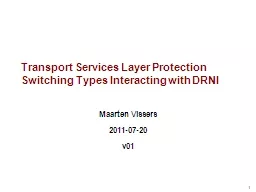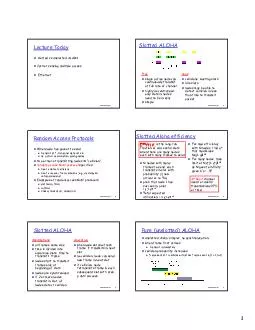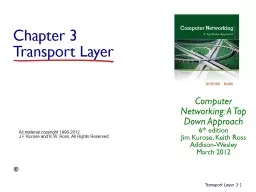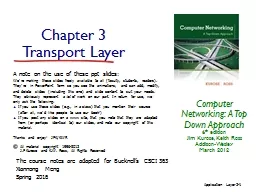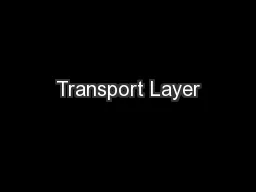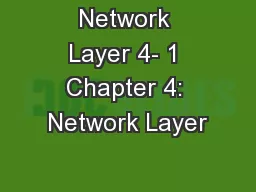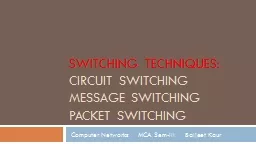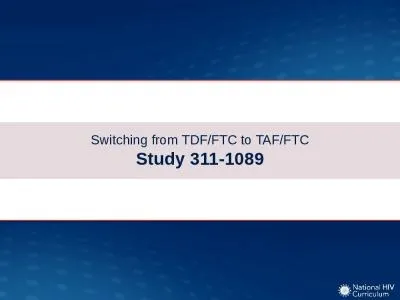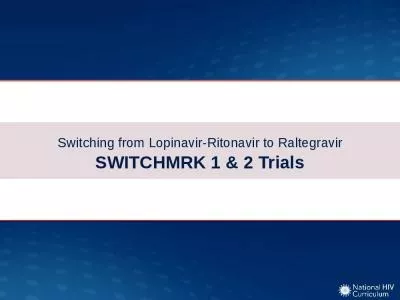PPT-Transport Services Layer Protection Switching Types Interacting with
Author : cheryl-pisano | Published Date : 2019-06-29
DRNI Maarten Vissers 20110720 v01 Introduction httpwwwieee802org1filespublicdocs2011axbqvissersdrniandsncpinterworking0511v00pptx presented DRNI and G8031 ETH SNCP
Presentation Embed Code
Download Presentation
Download Presentation The PPT/PDF document "Transport Services Layer Protection Swit..." is the property of its rightful owner. Permission is granted to download and print the materials on this website for personal, non-commercial use only, and to display it on your personal computer provided you do not modify the materials and that you retain all copyright notices contained in the materials. By downloading content from our website, you accept the terms of this agreement.
Transport Services Layer Protection Switching Types Interacting with: Transcript
Download Rules Of Document
"Transport Services Layer Protection Switching Types Interacting with"The content belongs to its owner. You may download and print it for personal use, without modification, and keep all copyright notices. By downloading, you agree to these terms.
Related Documents

